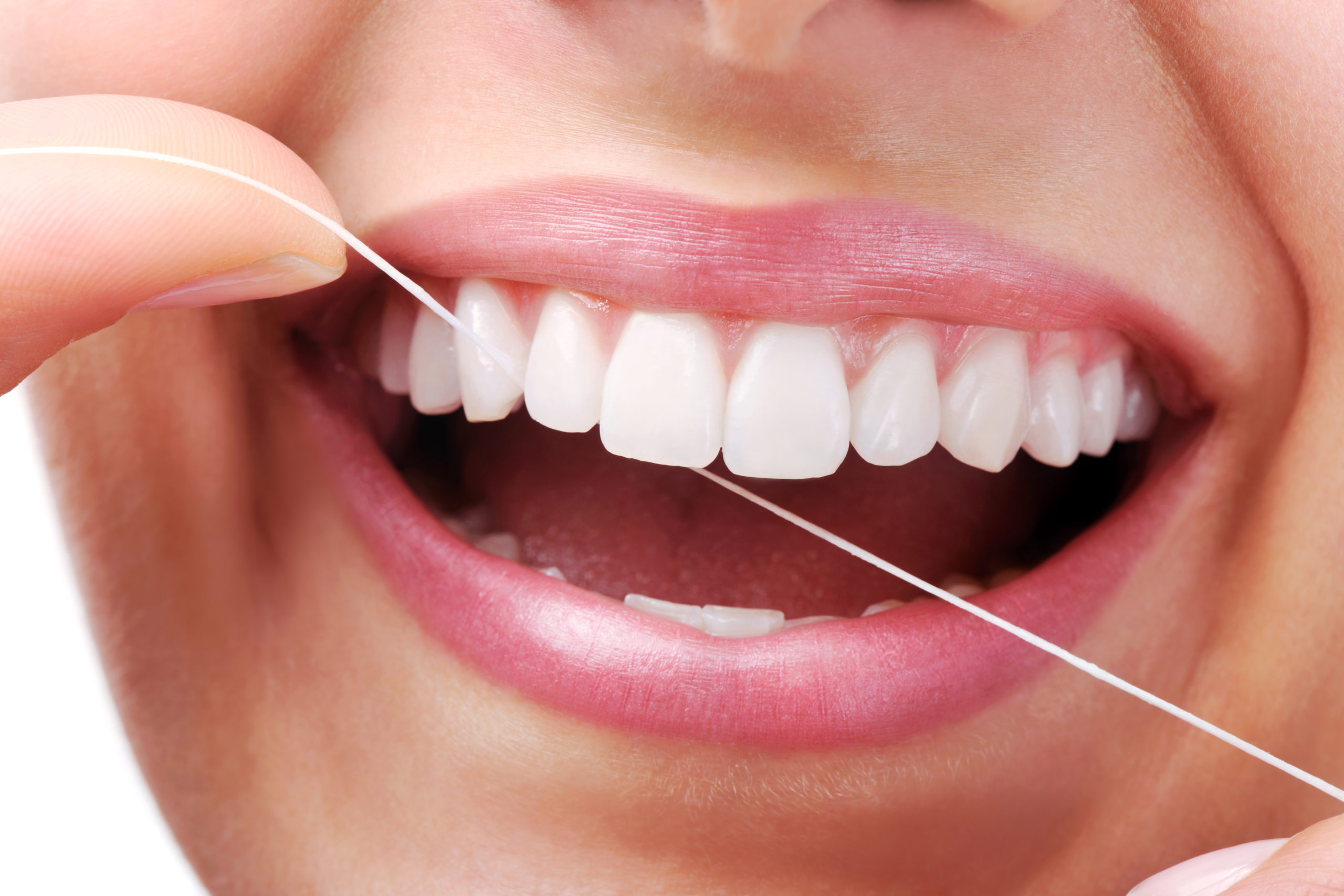Gingivitis Treatment in Mount Pleasant, Michigan

What is Gingivitis?
Gingivitis, or gum inflammation, is an unpleasant oral health condition that most of us deal with at some point. In its early stages, this condition is very treatable. In fact, if you catch gingivitis when it first starts, you can usually cure it at home within a couple of weeks. Otherwise, you may need a trip to the dentist to help get gum irritation under control.
Causes of Gingivitis
Anyone can get gingivitis. However, it is most common in families that have a history of gum disease. Other risk factors include:
- Tobacco use or substance abuse
- Hormonal changes during adolescence and pregnancy
- Aging
- Diabetes and other medical conditions
Dental Plaque
Plaque is also a cause of gingivitis. Plaque is biofilm made up of oral bacteria, bacterial waste products, food residue and saliva. You can see this white or yellowish slime building up where your teeth meet your gums – even if you just skip one brushing session. Without proper brushing and flossing, plaque can also develop below the gumline where it’s more difficult to detect. It adheres to the cementum covering the roots of your teeth. This layer of plaque is very irritating to your gums. As it hardens, plaque turns into tartar which causes even more persistent inflammation.
What Are The Signs and Symptoms of Gingivitis?
Gum inflammation is simple to identify if you check your gums every day while brushing and flossing. Here are the signs to watch out for:
Changes in Gum Color:
Gums should be a rich pink color all over. Look out for bright red patches and shiny areas along the gum line. These indicate plaque or tartar buildup underneath the gums. This is an early sign of irritation.
Changes in Gum Feel:
Healthy gums are moist to the touch and have a slightly bumpy surface. The edges taper down to lie flat against your teeth, forming a nice seal that keeps out bacteria. Inflamed gums are puffy and may roll away from the tooth surface slightly. They often feel smooth, dry and soft when you press your finger against them.
Changes in Gum Shape:
Gums should be scalloped along the edge that lies against your teeth. They should cover up about the same amount of root on each tooth and appear symmetrical on both sides of your mouth. More advanced gingivitis causes your gums to recede and pull away from your teeth. More of the tooth root is exposed, making your teeth look longer or misshapen. This change may be permanent, so visit a dentist immediately if you notice this symptom.
Changes in Mouth Odor:
Bad breath is a common symptom of gingivitis. It is caused by the plaque that is left in your mouth by improper brushing and flossing. Recurring halitosis is a cause for concern since it indicates the bacteria in your mouth are getting out of control.
Changes in Spit:
When you rinse out your mouth and spit in the sink after brushing and flossing, you may see blood. This is not normal. If you are using correct oral hygiene techniques and a soft bristled toothbrush, your gums shouldn’t bleed. If they do, it’s a sign that the tissue is inflamed – even if your gums don’t hurt.
Patient Testimonial
I have found Dr. Egger and his staff most caring and proficient in the work and after care programs, I would recommend friends and family to Dr. Egger.
R. R.
Read More Testimonials for Dr. Egger
How Gingivitis can be Treated
The #1 line of defense against gum inflammation is good daily dental care at home, including the use of an anti-microbial mouthwash. The following are treatments Dr. Kenneth Egger provides to get a handle on gingivitis before it progresses to full-blown gum disease:
Prophylactic Cleaning
– Sometimes, you just need a little extra help to spot areas in your mouth where plaque likes to hide. Your regular dental cleaning is an opportunity for a dental hygienist to point out these areas and get rid of any plaque and tartar buildup.
Scaling
– This is the next step for patients who have a lot of tartar under their gums. Scaling simply means scraping off the tartar with a metal dental tool. Depending on how much buildup you have, you might need a topical anesthetic to numb your gums and keep you comfortable during treatment.
Root Planing
– This procedure creates a smoother surface for the roots of your teeth so the gums can adhere more tightly. It helps eliminate the tiny grooves and pits that give bacteria a place to generate plaque. This treatment is often done in several visits so you will have a speedy recovery after each session. Tooth sensitivity is a common side effect, but it usually resolves quickly. A local anesthetic is used and some patients request nitrous oxide to help them relax during the procedure.
With proper management, gingivitis can usually be reversed or controlled so that it does not progress to periodontitis. Once your gums are healthy again, they should look and feel great!
What Happens if Gingivitis is Left Untreated?
Left untreated, gum inflammation can turn into periodontitis. This is a very serious gum disease that can lead to tooth loss and other health problems. Fortunately, most patients can prevent this condition with proper dental hygiene.
Schedule Your Gingivitis Treatment
To learn more about our dental services, please call us today to schedule a consultation. Our practice proudly serves those in Mount Pleasant, Ann Arbor, and nearby areas in Michigan!
